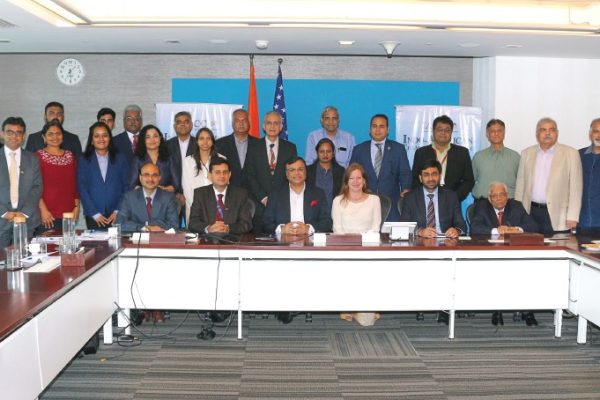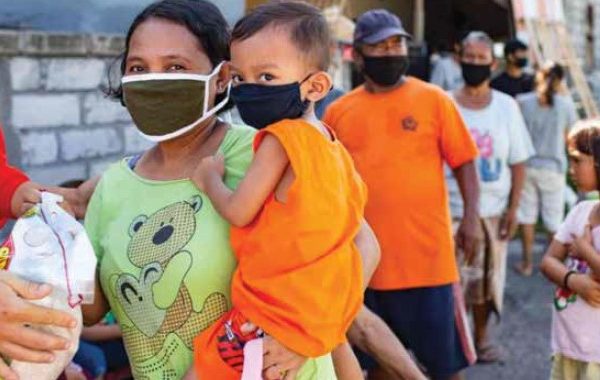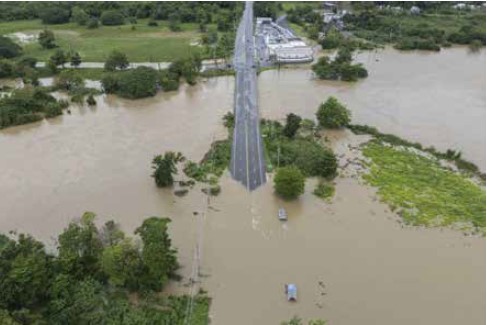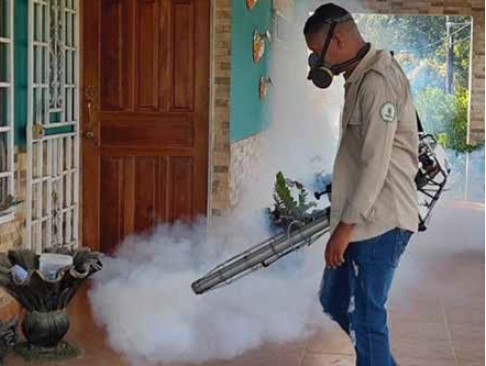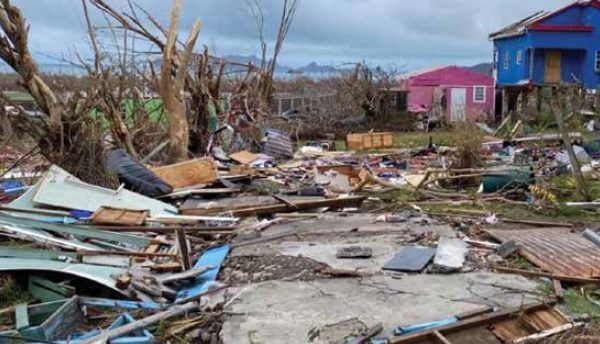
Roundtable Reflections on Indo–US ‘Trade Irritants’ India-Russia A Time-Tested Partnership
Relations between India and Russia are rooted in history, mutual trust and mutually beneficial cooperation. This is a strategic partnership that has withstood the test of time, and which enjoys the support of the people of both countries, says Ivor Vaz IF THERE HAS EVER BEEN a longstanding and time-tested partner for India, it is…


